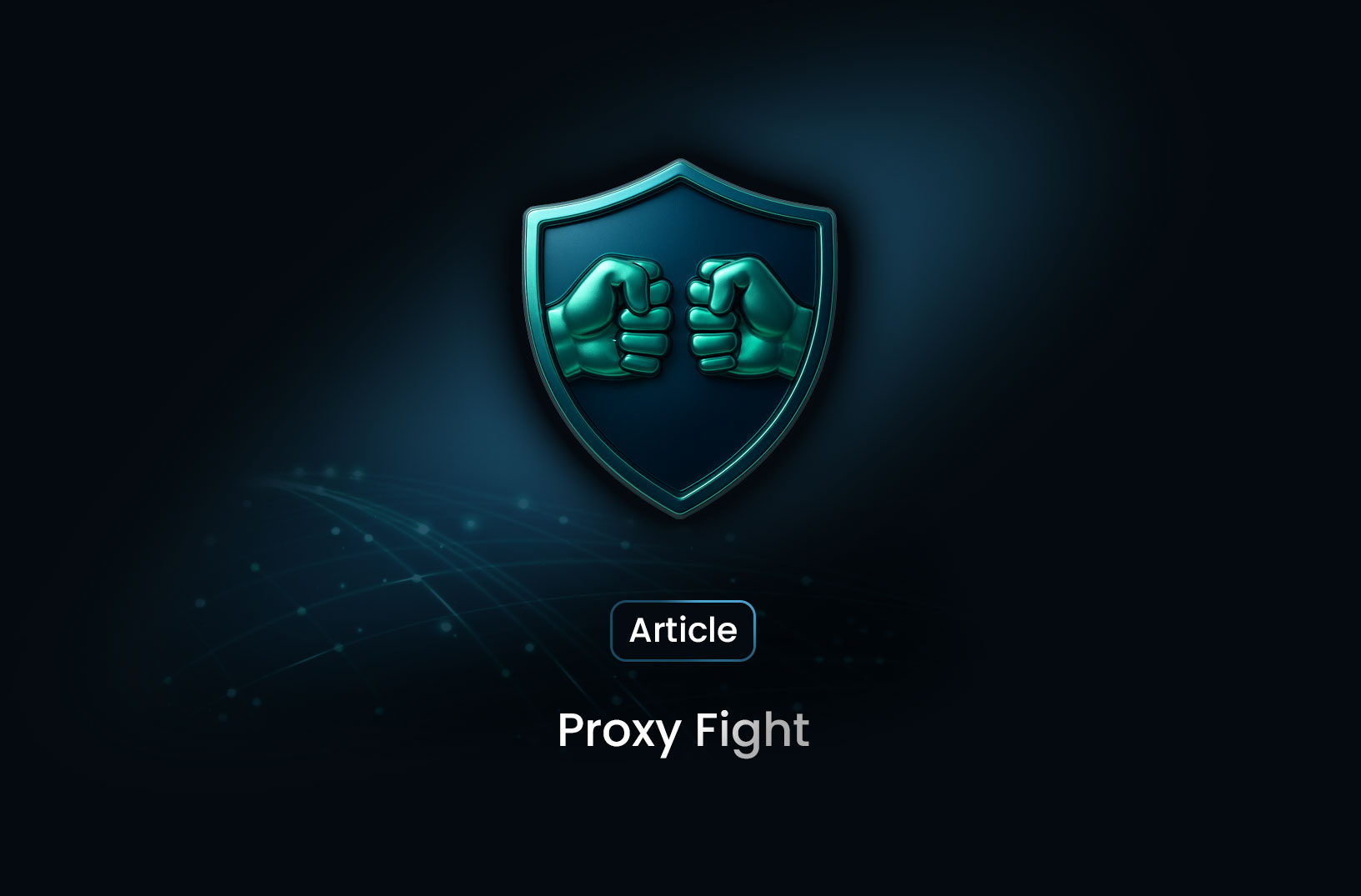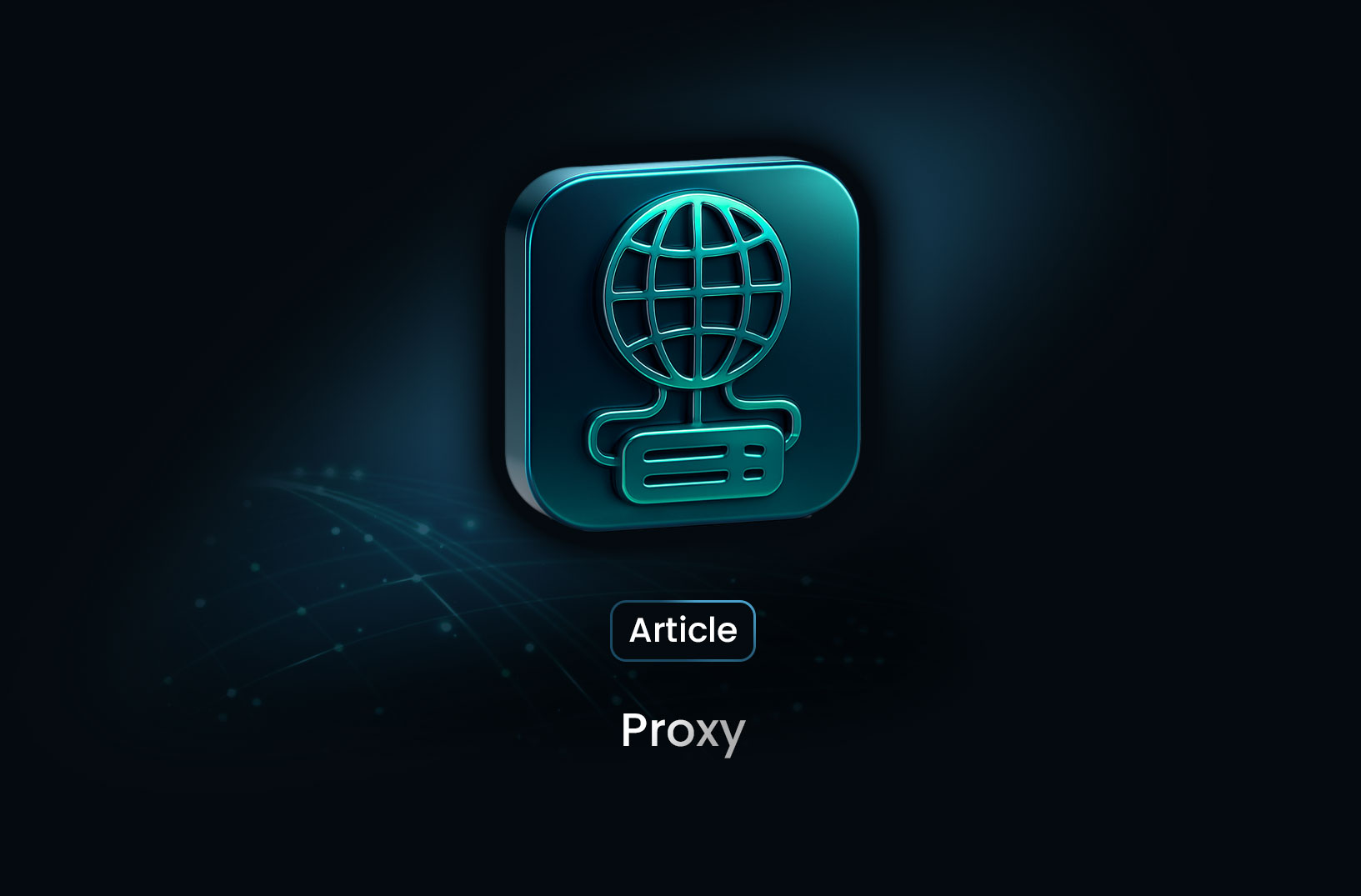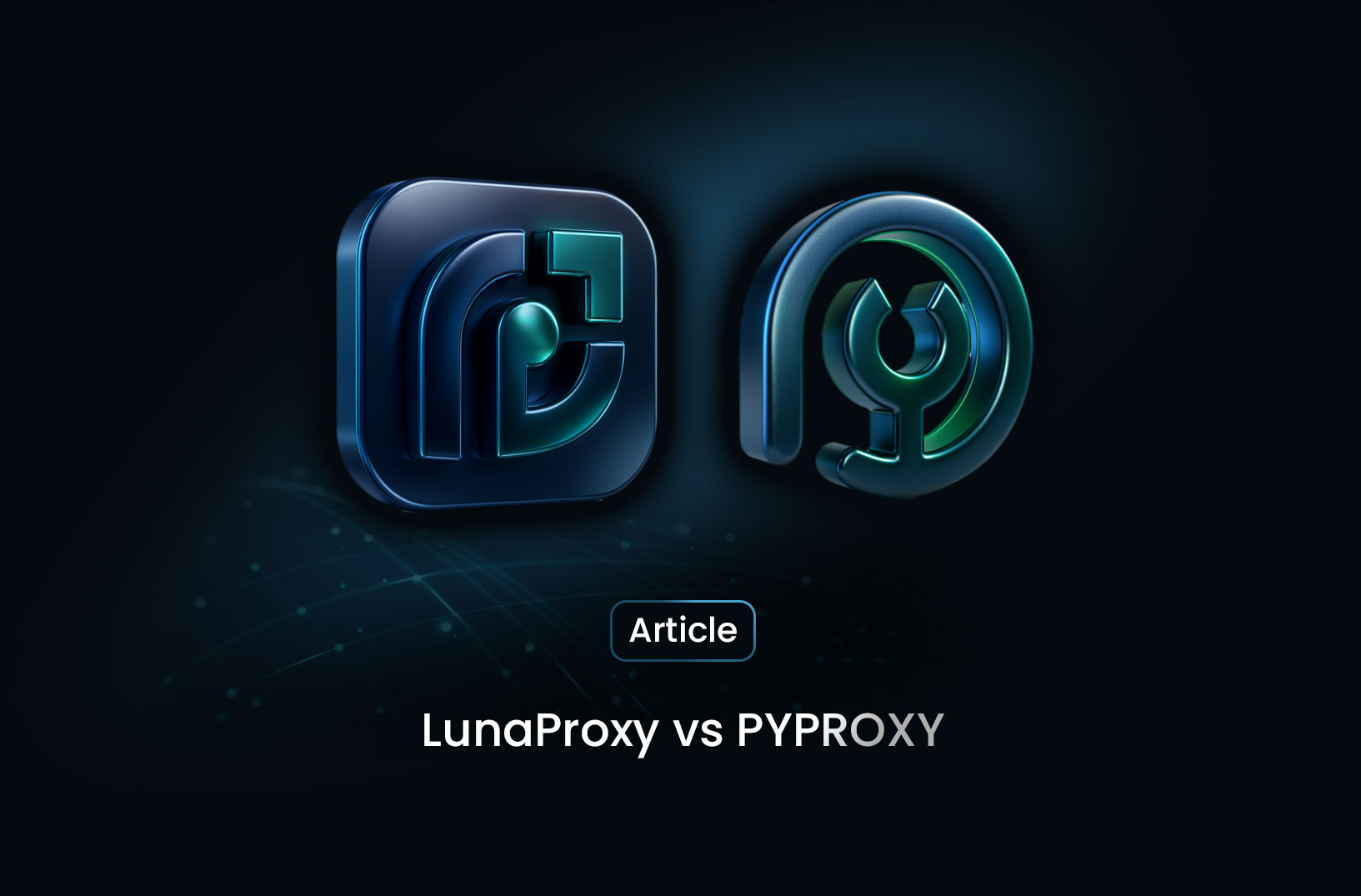
Understanding Proxy Fights: Definition, Process, and Real Corporate Impact
ArticleDiscover how a proxy fight allows shareholders to challenge leadership, replace board members, and reshape corporate direction through proxy voting
What Is a Proxy Fight?
A proxy fight—also known as a proxy battle—is a corporate power struggle in which a group of shareholders attempts to gain influence or control over a company’s board of directors. Instead of buying a majority of shares, the challenger collects proxy votes from other shareholders, allowing them to vote on their behalf at a company’s annual or special meeting.
Proxy fights are a core part of shareholder activism and often serve as a mechanism to push for strategic, operational, or governance changes.
Why Proxy Fights Happen
Proxy fights usually arise when shareholders believe the company’s leadership is no longer serving their best interests. Common triggers include:
- Prolonged financial underperformance
- Disagreement with major strategic decisions
- Concerns about leadership or board effectiveness
- Lack of transparency or weak governance
- Missed growth opportunities
- Rejected merger, acquisition, or restructuring proposals
In short, a proxy fight is the shareholders’ way of saying: “We want new leadership or a new direction.”
How a Proxy Fight Works
✅ Activists Identify Issues
A group of shareholders determines that changes are needed and prepares a plan to address them.
✅ Nomination of Directors
Activists propose a new set of board candidates to replace some or all existing directors.
✅ Proxy Solicitation
Both sides — activists and company management — reach out to shareholders asking them to sign proxies, which give them voting authority.
✅ Campaigning
Each side presents arguments, publishes materials, and meets with investors to gain support. This stage resembles a political campaign but focused on corporate control.
✅ Final Vote
At the shareholder meeting, votes are counted. If activists secure enough proxies, they can replace board members and influence company leadership.
Key Players in a Proxy Fight
- Activist shareholders – Individuals or investment groups pushing for change.
- Company management & board – Leaders defending current strategy.
- Institutional investors – Large shareholders whose votes carry significant weight.
- Proxy voters – Individual shareholders who authorize someone else to vote for them.
Outcomes of Proxy Fights
A proxy fight can lead to several potential outcomes:
- Replacement of board members
- Change of CEO or executive leadership
- New corporate strategy or restructuring
- Negotiated settlements between activists and management
- Adoption of improved governance practices
- Increased shareholder engagement
Some proxy fights completely reshape a company; others result in targeted improvements or compromise agreements.
Benefits of Proxy Fights
✅ Improved Accountability
Leadership is held responsible for performance and governance.
✅ Strategic Change
Activists often push for a clearer, more focused strategic plan.
✅ Shareholder Representation
Even minority shareholders can influence the company’s future.
✅ Better Governance Standards
Companies often strengthen governance to prevent future proxy battles.
Risks and Challenges
While proxy fights can lead to positive change, they also pose risks:
- Disruption to operations
- Short-term market uncertainty
- High legal and advisory costs
- Public disagreements that impact reputation
- Leadership instability
- Risk of short-term decisions driven by activist pressure
Because of these challenges, many companies prefer negotiated resolutions rather than full proxy battles.
Are Proxy Fights Common?
Yes — proxy fights have become more frequent as shareholder activism has grown. Investors today are more willing to demand transparency, stronger performance, and governance reform. As a result, proxy fights are an increasingly important part of corporate decision-making.
Conclusion
A proxy fight is a powerful tool that allows shareholders to challenge leadership, influence company decisions, and push for meaningful change. Whether initiated by activists or defended by management, proxy fights reveal how dynamic and responsive modern corporate governance can be. Understanding how they work helps investors, executives, and stakeholders navigate these high-stakes battles with clarity and confidence.
Find more insights here

Proxy 101: What Is a Proxy and Why It Matters for Web Scraping
Learn what a proxy is, how it works, the different types of proxies, and why proxies are essential f...

LunaProxy vs PYPROXY — Which Proxy Service Fits Your Needs in 2025?
Compare LunaProxy and PYPROXY in 2025 to find out which proxy service fits your scraping, automation...

7 Most Effective AI Web Scraping Tools for Automated Data Extraction in 2025
A look at 7 AI web scraping tools that stand out in 2025—what they offer, how they work, and why MrS...
